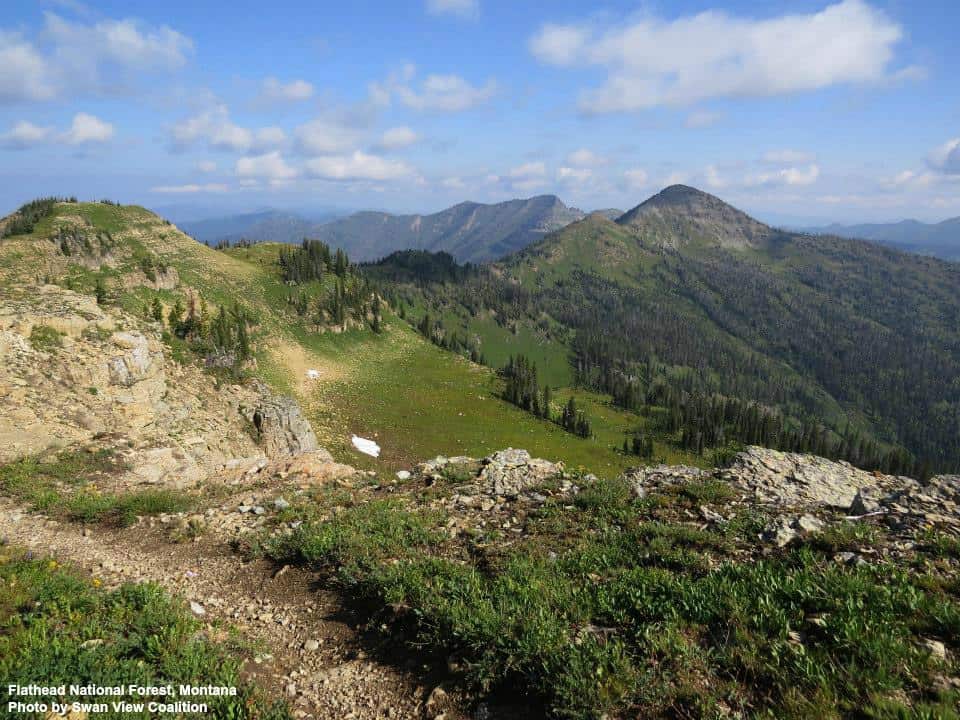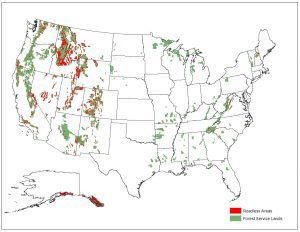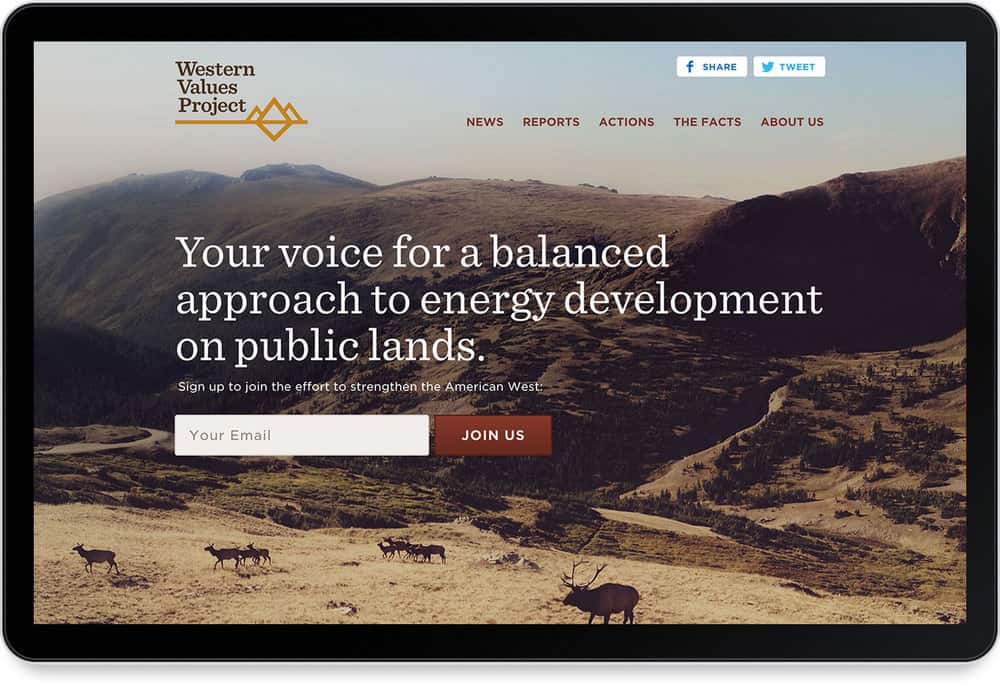A recent article in Frontiers in Ecology and the Environment, a journal of the Ecological Society of America, will be of interest to members of this blog. It’ll probably be controversial, too. I urge anyone expressing opinions, pro or con, to stick to factual, constructive criticism, and to avoid attacks of a personal nature on anyone involved, just as the authors seem to have done.
The article is: “The conundrum of agenda-driven science in conservation,” by M Zachariah Peery and eight other authors. The full text of this and a companion article is here:
https://www.researchgate.net/publication/331453208_The_conundrum_of_agenda-driven_science_in_conservation
The authors write that, “At this time, we believe advocacy by scientists is essential for environmental conservation and, indeed, humanity. It is difficult to envision the state of our environment had scientists failed to encourage policy makers and the public to address emerging conservation problems. Nevertheless, conservation scientists must avoid misusing the scientific process to promote specific conservation outcomes (Wilholt 2009); doing so erodes the credibility of science and can produce undesirable consequences (Thomas 1992; Mills 2000; Rohr and McCoy 2010). We consider intentionally engaging in activities outside of professional norms to promote desired outcomes, as part of either the production or dissemination of science, to constitute “agenda-driven science”. The issue of advocacy-related bias in conservation science merits renewed discussion because conservation conflicts in an increasingly polarized world might tempt some to engage in agenda-driven science to “win” a conflict (Redpath et al. 2015; Kareiva et al. 2018).”
In the companion article, “Agenda-driven science? The case of spotted owls and fire,” the authors use “Several studies from one research group (Lee, Bond, and Hanson)” – referred to as LBH – as a case study. LBH are Derek E. Lee, Monica Bond, and Chad Hanson. Hanson has been mentioned in numerous posts here; he is coauthor (with Dominick A. DellaSala), of The Ecological Importance of Mixed-Severity Fires: Nature’s Phoenix, and numerous articles and essays. Bond and Lee are frequent coauthors with Hansen.
The authors of “Agenda-driven science?” write:
“Certainly, advocacy in support of these positions could, in some cases, be justified because fuels treatments and salvage logging have the potential to be detrimental to owl habitat and forest ecosystems, respectively (Lindenmayer and Noss 2006; Ganey et al. 2017).”
So far, so good.
“However, as detailed below, it is our opinion that LBH appear to have engaged in six activities outside of professional norms in support of their advocacy that promote a narrative that high-severity wildfire does not threaten spotted owls. These apparent activities include: (i) mixing science and litigation without disclosing potential conflicts of interest; (ii) using social media (rather than peer-reviewed journals) to conduct critical scientific reviews of studies that do not support the findings of their own work; (iii) pressuring scientists and graduate students with different research findings to retract their papers or not publish their thesis findings; (iv) conducting erroneous analyses using data they did not collect and with which they were unfamiliar; (v) selectively using data that support their agendas; and (vi) making management recommendations beyond what is reasonably supported by scientific findings. Individually, we consider each of these activities to fall outside of scientific norms. Collectively, however, they may be symptomatic of agenda-driven science involving attempts to understate uncertainty and promote a narrative not fully supported by the scientific literature that aims to influence forest management.”
These weighty accusations are well documented in the peer-reviewed “Agenda-driven science?” article.
Questions for discussion:
1. Is this an unusual or perhaps unprecedented evaluation of a body of work (by LBH)?
2. Is it fair, valid criticism?
3. Are there other examples of authors whose “activities outside of professional norms” in natural resources subject areas?
4. What is to be done, if anything, when agenda-driven science crosses the line between advocacy and “activities outside of professional norms” of advocacy?


